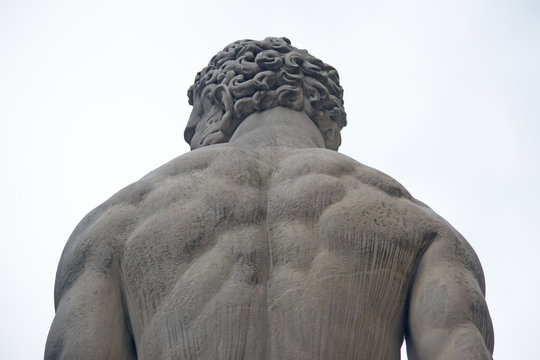A few months back, I was waiting at the RTO for my Driver’s License when someone sitting next to me struck up a conversation. He told me he was the secretary of a big cosmetic company. And that his work allowed him to travel to many countries.
Out of curiosity, I asked him about his recent travel, and he showed me some pictures taken during his visit to Japan.
When I asked how he enjoyed being there, he gave me somewhat of a mixed reaction. As much as I liked Japan for its people and culture, he said, the difficulty in navigating to places because of the language barrier and fear of earthquakes were real concerns. “Every year Japan experiences more than 1500 earthquakes.”
I was shocked to hear this, though. I knew that Japan experiences frequent earthquakes relative to other countries(although only a few are of higher magnitudes). But I never imagined that number.
This new data deepened by appreciation for the Japanese Spirit. It helped me clearly understand where the grit and resilience of the Japanese people come from.
In his Autobiography, “Made In Japan,”* Akio Morita talks about this. In the context of how the Japanese approached the post-WW2 phase, the Sony’s co-founder explains:
But in both eras, after natural and man-made disaster, the city was rebuilt with a speed that amazed even some Japanese. Accustomed to dealing with privation and natural calamity, some families after the war managed to move into the bomb shelters of their burned-out homes, while others built shacks using corrugated iron, cardboard, and wood scraps for shelter. They accepted their misfortune as something that had to be endured but no longer than was absolutely necessary, and they immediately went to work rebuilding, ingeniously fashioning cooking stoves from rubble and odd bits of shattered metal, patching together remnants of usable material from among the charred ruins. In rebuilding the city, new ways were sought and new technologies employed in an attempt to learn how better to survive the next calamity, whatever and whenever that might be.
Imagine the number of back-to-back natural calamities a country must be prone to, that its people only focus on rebuilding their homes and lives and not cry over what happened. They simply don’t have time for that. It’s these hardships that have made Japanese people stronger.
Every setback and failure we face is only an opportunity to make us even stronger and resilient. Life becomes much easier if we approach hardships this way.
People who win crores worth of lottery money spend all their money in a year or two and get back to square one. Why? That’s because, you can give people money, but you can never teach them the character that generated that wealth in the first place. The ability to handle failure and bounce back stronger is a critical skill that can only be learned from personal experience.
So, from now on, don’t be disappointed when you face hardships; instead embrace them. For only they shape you and make you a better person.
For more life-changing ideas, consider subscribing to my newsletter. I’ll be sending two ideas every month. I don’t spam. Click here to subscribe.
*An autobiography, Made in Japan was written by Akio Morita, the co-founder of Sony. The book narrates Akio Morita’s raw experiences of starting Sony from scratch and the kind of innovations he spawned in management, operations, and products to make Sony a revolutionary organization. It also explains how Sony’s growth aided Japan in building itself again from the losses of World War 2. And also how Sony set a standard for Japanese products in the global electronic devices market and built its reputation.



